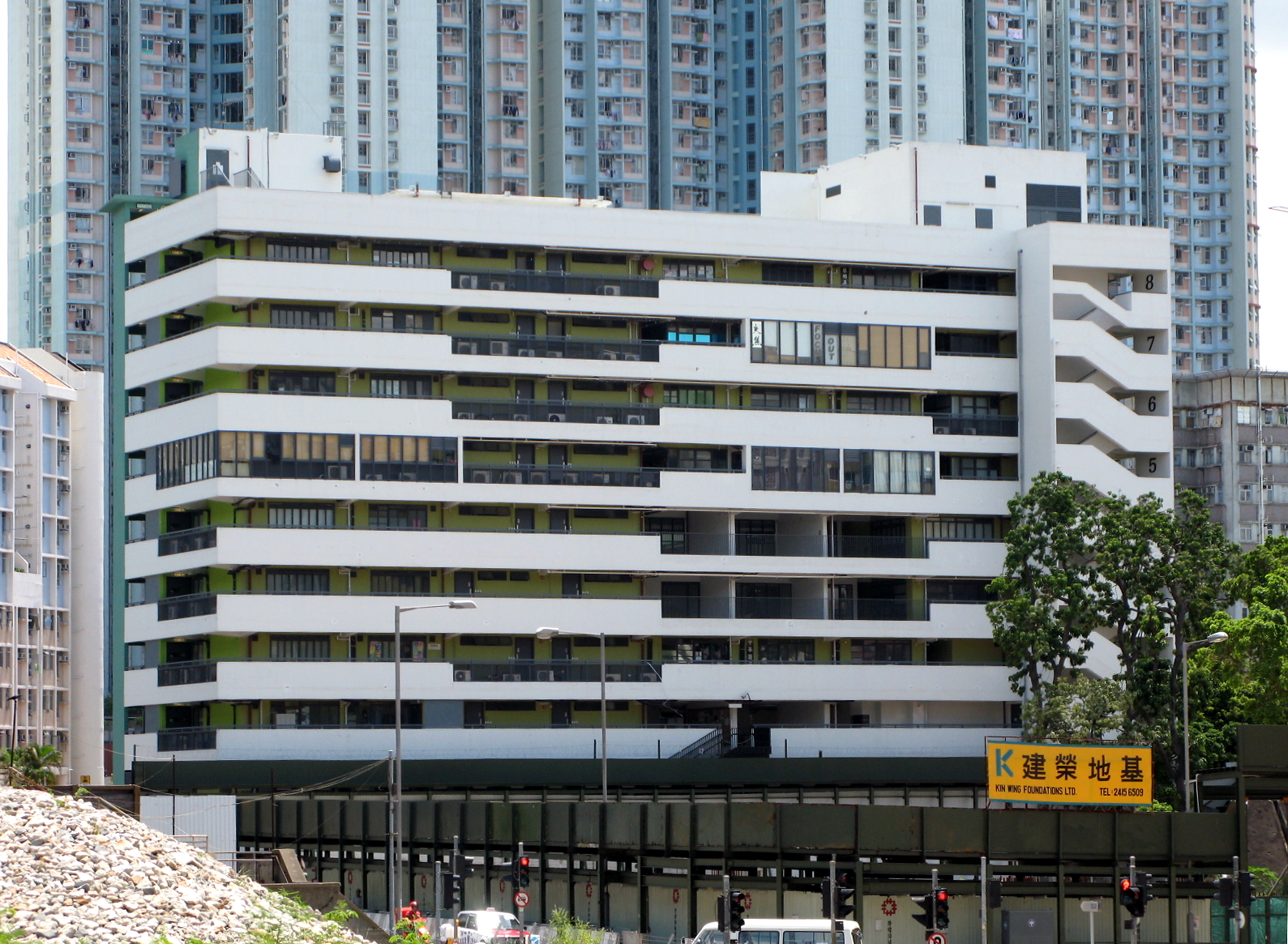Shek Kip Mei on:
[Wikipedia]
[Google]
[Amazon]
Shek Kip Mei, is an area in New Kowloon, to the northeast of the Kowloon Peninsula of

 At the time of the 1911 census, the population of Shek Kip Mei was 72.
A major fire on 25 December 1953 destroyed the Shek Kip Mei
At the time of the 1911 census, the population of Shek Kip Mei was 72.
A major fire on 25 December 1953 destroyed the Shek Kip Mei
Pictures of the 1953 fire and early resettlement buildings
Jockey Club Creative Arts Centre project website
Video showing Shek Kip Mei just after the fire
{{coord, 22.33426, 114.16881, display=title Places in Hong Kong Sham Shui Po District New Kowloon Former squats
Hong Kong
Hong Kong)., Legally Hong Kong, China in international treaties and organizations. is a special administrative region of China. With 7.5 million residents in a territory, Hong Kong is the fourth most densely populated region in the wor ...
. It borders Sham Shui Po and Kowloon Tong.
History

shanty town
A shanty town, squatter area, squatter settlement, or squatter camp is a settlement of improvised buildings known as shanties or shacks, typically made of materials such as mud and wood, or from cheap building materials such as corrugated iron s ...
of immigrants from Mainland China
"Mainland China", also referred to as "the Chinese mainland", is a Geopolitics, geopolitical term defined as the territory under direct administration of the People's Republic of China (PRC) in the aftermath of the Chinese Civil War. In addit ...
who had fled to Hong Kong, leaving 53,000 people homeless.
After the fire, the governor Alexander Grantham launched a public housing programme to introduce the idea of multi-storey building for the immigrant population living there. The standardised new structures offered fire- and flood-resistant construction to previously vulnerable hut dwellers. The programme involved demolishing the rest of the makeshift houses left untouched by the fire, and the construction of the Shek Kip Mei Low-cost Housing Estate in their stead. The apartments were small, only about . Each unit could house five people, and each building had a capacity of 2,500 residents. The rent was HK$17 per square foot per month, while the rent for a commercial store downstairs was HK$100 per month. Foreign tourists visiting the apartment complexes referred to them as "prisons". Some scholars have argued that the government has been overstating the role of the fire in the history of public housing in Hong Kong.
At the north of Shek Kip Mei is Tai Wo Ping (), along Beacon Hill. This was a cottage
A cottage, during Feudalism in England, England's feudal period, was the holding by a cottager (known as a cotter or ''bordar'') of a small house with enough garden to feed a family and in return for the cottage, the cottager had to provide ...
area (a type of resettlement accommodation) from the 1950s to 1970s, but it has been developed into a public housing estate, Chak On Estate (), and two private housing estates, Beacon Heights () and Dynasty Heights ().
Present
The Government has backed off from its plans to redevelop the area, following great opposition from many who believe they symbolised the history of Hong Kong. An alternative plan to renovate it for use as a hostel and museum has been completed. The museum includes restored rooms, resident stories and photos, and documentation of the history of public housing estates. Shek Kip Mei now has several types of housing including the public apartments, Pak Tin Estate and private housing such as Beacon Heights and Dynasty Heights. Several malls and churches can also be found in the area now. The old Shek Kip Mei Factory Estate was renovated and now serves as the Jockey Club Creative Arts Centre.Transportation
Since 1 October 1979, it has been served by Shek Kip Mei station on the MTR at Woh Chai Street and Wai Chi Street. Route 7 passes to the north of the area and accessed via Nam Cheong Street. KMB and New World First Bus operates a number or routes that travel within the area.Education
Shek Kip Mei is in Primary One Admission (POA) School Net 40. Within the school net are multiple aided schools (operated independently but funded with government money) and two government schools: Fuk Wing Street Government Primary School and Li Cheng Uk Government Primary School.See also
*Public housing in Hong Kong
Public housing in Hong Kong is a set of mass housing programmes through which the Government of Hong Kong provides affordable housing for lower-income residents. It is a major component of housing in Hong Kong, with nearly half of the populati ...
* Shek Kip Mei Estate and Mei Ho House
* North Kowloon Magistracy
* Woh Chai Shan aka. Shek Kip Mei Hill aka. Bishop Hill, a hill in Shek Kip Mei
References
External links
Pictures of the 1953 fire and early resettlement buildings
Jockey Club Creative Arts Centre project website
Video showing Shek Kip Mei just after the fire
{{coord, 22.33426, 114.16881, display=title Places in Hong Kong Sham Shui Po District New Kowloon Former squats